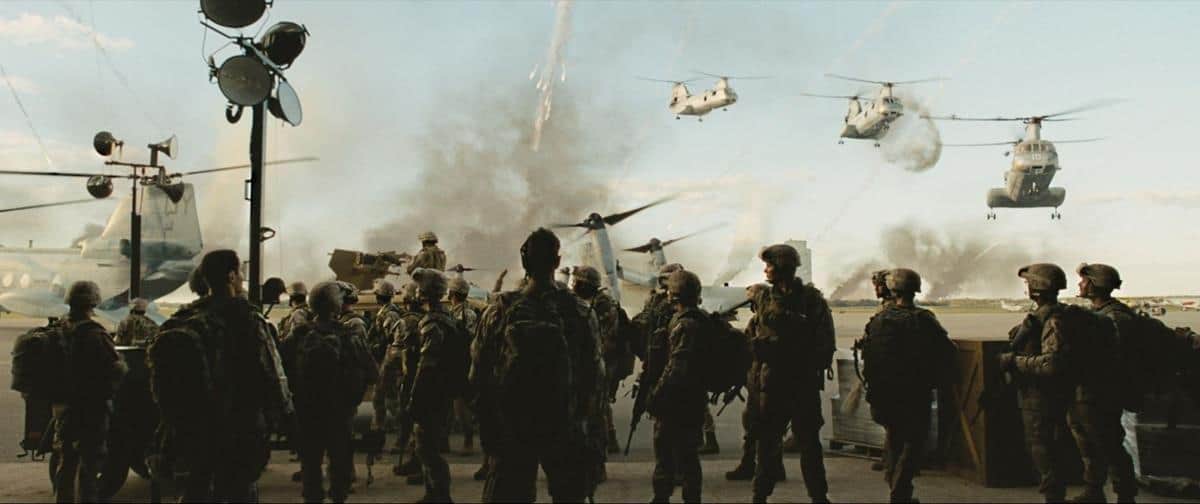
The second negative is a copy negative from a retouched print. Although I could not tell if the negative was the original or a copy negative made from a print, it definitely showed the original scene before a print was retouched. The non-retouched negative is very flat, the focus is soft and it looks underexposed. The retouched version is the iconic image seen worldwide.īack in 2011, I viewed the two negatives. 26, 1942, the Los Angeles Times published a photo page that included a retouched version of the above searchlight photo and seven other images. Jack Smith’s full 1992 article Stunning Acts of Bravery That Will Live On in Infamy is online. All the same, it was a glorious night, and I commend its memory to those who think Los Angeles has no history. The Japanese, after the war, declared that they had flown no airplanes over Los Angeles on that date. They carried lights for tracking purposes, and these “lighted balloons” were mistaken for enemy aircraft (2) shell bursts illuminated by searchlights were mistaken by ground crews for enemy aircraft. Though no one believed this gross canard, most agreed with the secretary that “it is better to be too alert than not alert enough.”Īt war’s end, an Army document explained what had happened: (1) numerous weather balloons had been released over the area that night. The Secretary of War tried to save face by saying that while there were no enemy aircraft in the air, it was believed that 15 commercial planes flown by “enemy agents” had crossed the city. He had valiantly helped the FBI round up several Japanese nurserymen and gardeners who were supposedly caught in the act of signaling the enemy aviators. The sheriff was particularly embarrassed.

The army was accused of shooting up an empty sky. It was just a case of jitters.Įmbarrassment turned to outrage. But exultation turned to embarrassment the next day when the Secretary of the Navy said there had been no air raid.

The city had met its first taste of war with valor. There was scattered structural damage caused by antiaircraft shells that failed to explode in air but did so when they struck the ground, demolishing a garage here, a patio there, and blowing out a tire on a parked automobile.Įxultation was in the air. Another fell down his own front stairs and broke an arm. Another jumped a 3-foot fence to reach a lighted house and sprained an ankle. (They were said to have acted with valor throughout.) One fell from a wall while looking into a lighted apartment and broke a leg. The toll among air-raid wardens was especially high. A police officer kicked in the window of a lighted Hollywood store and cut his right leg.


A radio announcer ran into an awning and suffered a gash over one eye. Several persons were injured hurrying to their various posts. Photo published in The Times on March 12, 1942. March 11, 1942: Display of shapnel from the anti-aircraft barrage, picked up in Inglewood by Riege Ardanaz.


 0 kommentar(er)
0 kommentar(er)
